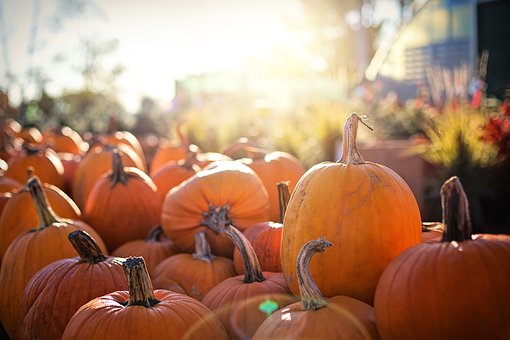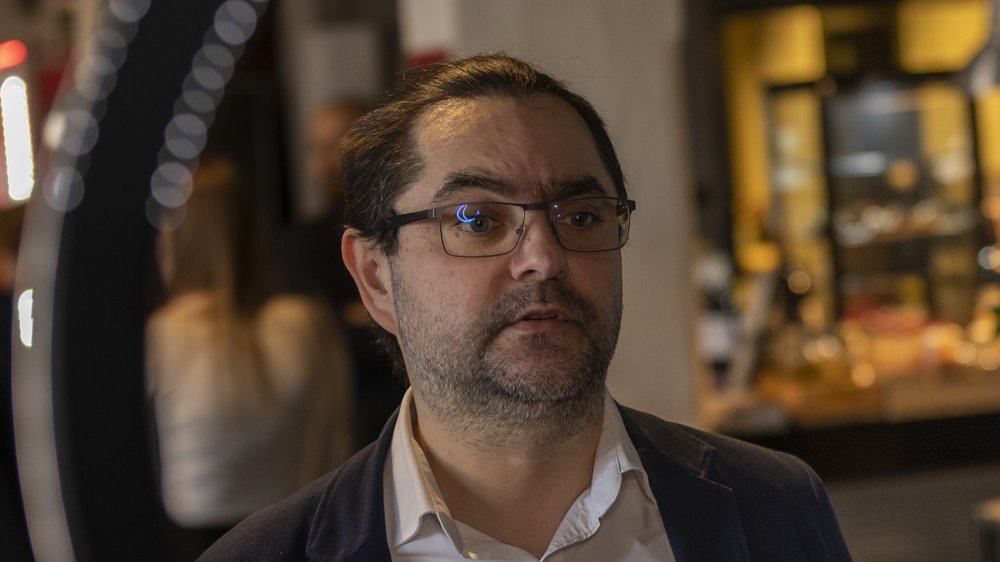Nineteenth-century anthropologists who, in the spirit of evolutionism, sought the origins and original forms of all cultural phenomena (including religion) believed that the mystery of death was the foundation of religious experience. According to them, our ancestor – a "wild philosopher" –wondered what the difference between a living body and a dead body was. What is the non-physical cause of death if some people die of something and others manage to recover? Why do the dead appear to us in dreams and who are they then actually? The conclusion was one. Every human being has a body and a soul, which is not inseparable from the body. Belief in these spirits was associated with attitudes of fear or respect towards these beings, as it was assumed that they could not only look at us, but also reside among us and even influence our destiny. Attitudes towards these spirits became the seed of religion.
The mystery of death is also a fundamental issue of Christian doctrine. The All Saints' Day was originally celebrated in Christian antiquity and the early Middle Ages in honour of holy martyrs, while today it is a celebration in honour of all the dead. The timing of this holiday was not initially the same everywhere. There were regional differences in this respect, but in general, it took place between April and June, i.e. in spring rather than autumn. It was not until the eighth century that the date 1 November appeared, probably because the Anglo-Saxons and Franks (also the Slavs), celebrated to honour the dead at that time. This date was finally approved by John XI in the 10th century, also introducing into the liturgy the eve of this feast which is no longer celebrated today. Then, thanks to the Benedictines and Cistercians, All Souls' Day celebrated on 2 November spread, initially as a day of prayer for the souls in purgatory and later as a day of prayer for all the faithful who passed away.
Western Slavs and the Baltics held All Souls' ceremonies under a variety of names, including the literarily famous "dziady", the essence of which was the belief in communion between the living and the dead. The aim of the ceremonial activities was to gain the favour of the dead. The souls had to be treated with honey, eggs, porridge and alcohol. Sudden movements so as not to frighten them were avoided. People did not throw anything so as not to accidentally hit a visitor "not from this world", and did not weave or sew so as not to sew up a soul that should be free to return to the afterlife.
Many of the pagan practices have survived until recent times. As late as in the 19th century, in many regions food was left on the graves for the souls of the deceased, and beggars-dziady were treated with special respect (the similarity of the name of the ritual and the synonym of a beggar is not accidental here) as intermediaries praying for the souls, but it was also believed that the dead could appear among us in the form of beggars, especially those seen for the first time. The light we light, today is a symbol of our remembrance. It also signifies the eternal light, but it was once considered to light the way for spirits so that they could follow the right direction.
For several years now, we have celebrated Halloween, a custom closely linked to the masquerade, which is most widespread in the United States but has Celtic or, more broadly, Northern European roots. As its origins are pagan, the Roman Catholic, Orthodox and Protestant churches have dissociated themselves from these customs, just like Slavic indigenous communities cultivating the traditions of the "dziady" did.
The so-called Parades of Saints organised in some cities by parish communities constitute a reaction to Halloween. Note that these are marches with a joyful nature. This would mean that this joy seems to have been lacking before. Perhaps this is also why Halloween has found such fertile ground. It should be emphasised at this point that doctrinally there is no reason for All Saints' Day to be a gloomy and a sad day (which it has in fact become). We are all called to holiness. And salvation means the greatest happiness and ultimate fulfilment for every Christian. It is a day of affirmation of holiness. It can also be interpreted as the day of all patron saints and therefore as a kind of common name day. Note that the white colour of the liturgical vestments is obligatory on this day. All Souls' Day – yes, on the day we should pray for the souls of our beloved ones who passed away. It is difficult for us to be particularly laughable at that time, especially when a beloved one has recently left us. One problem, however, is that it is the 1st of November – All Saints' Day – that is a day off, so that is when we come together in the recollection that the cemetery space also requires from us. So there has been a kind of time shift of certain customs. Holiness is popularised on 31 October during the 'Parades of the Saints', on 1 November we hold All Souls' Day, and what do we do on All Souls' Day? – We go to work and some people are already tidying up graves because it is "after Christmas".
However, looking with a cool eye at this dissonance between Halloween and the ways in which Catholics and other Christians spend All Saints' Day, I would suggest looking at the two models of celebration as two sides of the same - indeed, the same - coin. The mystery of death, which is worth reflecting on from time to time so that we can be better for others and ourselves, is at the root of the whole complex of festivities at the end of October and the beginning of November, both the traditional ones and the new customs, sometimes transplanted from other cultural circles.
We should also interpret All Saints' Day by drawing on terms that are hardly associated with scientific or theological discourse, namely longing and respect. The former tells us to lean over the graves of beloved ones with whom we were well and who we sincerely miss, while respect also makes us pause at the graves of heroes, bards, martyrs, patriots, unknown soldiers. This in turn becomes a declaration of identity and community type.
Source: Dr Damian Kasprzyk, faculty of Philosophy and History, University of Lodz
Edit: Communications and PR Centre, University of Lodz


